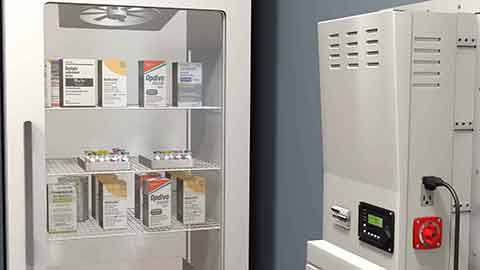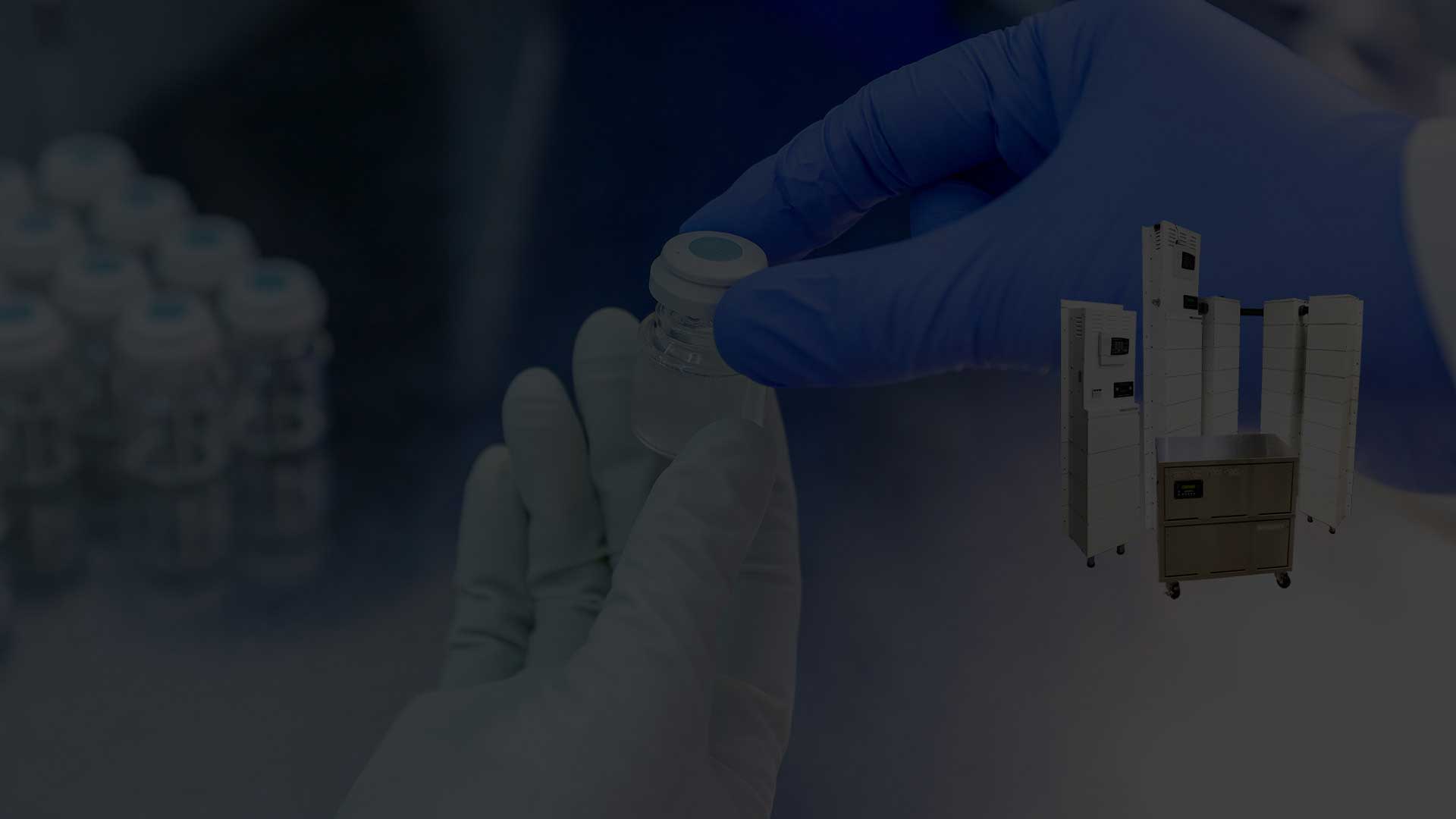Medical Gas System Design
Medical gases are specific gases that have been separated from atmospheric gases and have individual medical applications. This article discusses all you need to know about setting up a medical gas system design for your healthcare facility.
A medical gas system design is non-negotiable in healthcare facilities as they contribute to patients' healthcare in various ways. These gases are typically provided by medical gas pipeline systems (MGPS) that are safe, permanent and cost-effective.
Medical Gas Uses and Color-Coding
To qualify for use in healthcare facilities, these gases are usually in their concentrated form and are potentially harmful if they are improperly handled. For this reason, the NFPA 99 Health Care Facilities Code has designated a standard color-coding system to help with easy identification.
Some of the common services for healthcare facilities are:
- Oxygen (O2)
- Nitrous Oxide (N2O)
- Medical Air (Med air)
- Carbon Dioxide (CO2)
- Nitrogen (N2)
- Helium (He)
- Medical Vacuum (Med vac)
Common uses and background/text colors of the required labels for each of these is as follows:
Oxygen (O2)
It is the most important gas on earth, forming about 21% of natural air. Hospitals use it to sustain life and drive anesthesia machines and ventilators. The life-sustaining medical gas is typically supplied using vacuum-insulated evaporators (VIE, also known as bulk tanks), cylinders, and an oxygen concentrator (PSA) system. Its pipelines and cylinders are colored green/white.
Nitrous Oxide (N2o)
Nitrous Oxide is typically administered via anesthesia machines in combination with oxygen and other various anesthetic agents. For this reason, you only find N2O in operating rooms, and it is sourced through a manifold supply system. Its cylinders and pipelines are colored blue/white.
Medical Air
Hospitals use Medical Air for respiratory applications, and it is sourced either through a medical gas manifold system or a medical compressor system. Its color-codes are yellow/black.
Carbon Dioxide (CO2)
Carbon Dioxide is used to insufflate (blow or breathe (air, vapor, or powdered medicine) into or through a body cavity) in open-heart surgery and laparoscopy procedures. The medical gas is usually sourced in portable cylinders colored gray/black.
Nitrogen (N2)
Healthcare facilities majorly use Nitrogen for surgical power tools and only on sites where it is available for synthetic air production. Its color-codes are black/white.
Medical Vacuum
Medical Vacuum systems are used to remove unwanted fluids and gases through suction from ORs, ICUs, and regular treatment wards through the use of negative pressure. Its pipes are colored white/black.
Medical Gas System Design
The design of a medical gas system largely depends on the healthcare facilities’ design and expansion plans. However, some key factors must be considered when designing a medical gas system. They include:
- System components
- Design principles
- Design keys
A description of each of these is as follows:
System Components
Each medical gas must have a dedicated supply system, with all parts of the system being gas-specific. This way, facilities eliminate the possibility of a cross-connection between systems. One way to do this is to design a standard configuration for each system, ensuring the following components are included:
- Sources
- Piping networks
- Valves
- Warning and alarm systems
- Outlets and inlets
- Secondary equipment
Design Principles
When designing a medical gas system, the goal is to provide a safe, sufficient and uninterrupted flow of medical gases from the source to the points of delivery at required pressures. Additionally, the system must be designed according to NFPA 55 and NFPA 99 standards and meet the specific requirements of the healthcare facility where it is to be set up.
The following information is vital to design a medical gas system that would meet all the requirements.
- An analysis of each area of the healthcare facility to determine
which systems they need, - the number of each different type of outlet and inlet terminals they need
- the location of each outlet and inlet terminal
- the type and style of outlet and inlet terminal that best meets facility staff needs
- Anticipating building expansion plans, especially the direction in which it will take (horizontally or vertically) and factoring that into the design.
- Identifying and marking out the locations for each medical gas supply source.
Medical Gas System Requirements
The medical gas system design can begin with the following steps when the above questions have been answered.
- Preparing a schematic piping layout for required valves and alarms
- Locating station inlets and outlets at heights that will prevent physical damage to equipment.
- Ensuring that medical gases and vacuum systems serving patients are independent of other vacuum and gas systems serving laboratories, workshops, and research areas.
- Ensuring that the systems are designed to deliver the following nominal pressures at points of use:
- 50 psi (3.4 bar) to 55 psi (3.8 bar) at maximum flow for all pressure systems except Nitrogen.
- At maximum flow, Nitrogen should be 160 psi (11 bar) to 185 psi (12.7 bar).
- Vacuum systems should be 15 to 19 inches Hg at the most distant inlets.
- Including anesthetic gas scavenging disposal system (AGSS) terminal inlets and piping where they are necessary
- Ensuring that all systems have regular and emergency electrical power supply.
Design Keys
The design keys should provide at-a-glance information on how the medical gas system design is set up, and it is a function of the number of stations, flow rates, and medical gases outlets and inlet terminals.


